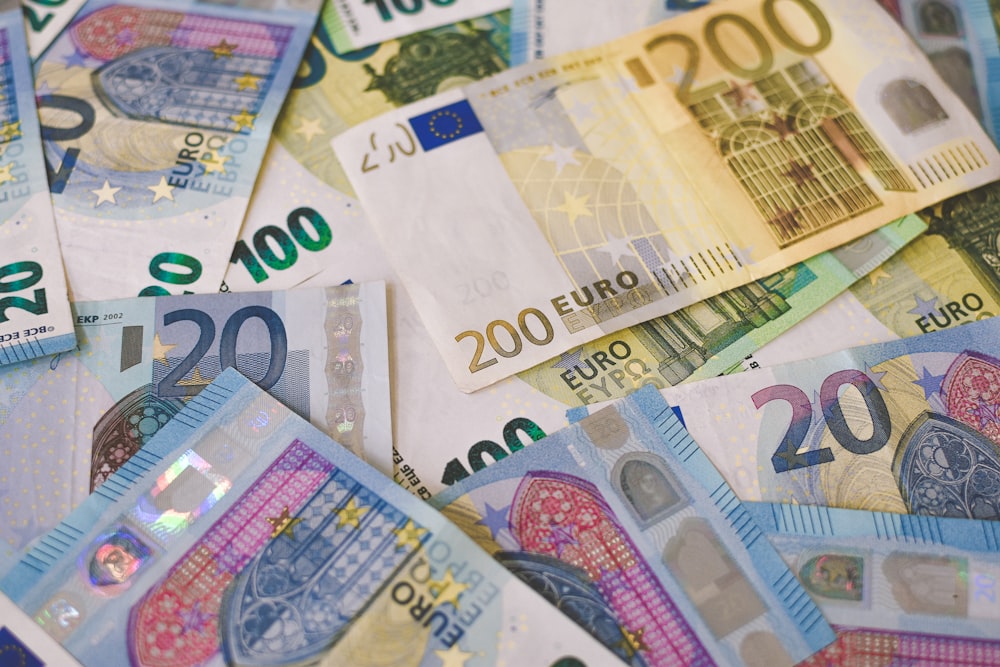FX Daily: Data Sensitivity At Its Highest
Photo by Ibrahim Boran on Unsplash
A jump in US jobless claims sent the dollar lower across the board yesterday, confirming how FX markets have an extremely elevated sensitivity to data in this moment. Quiet calendars in the US and eurozone mean we could see EUR/USD stabilise, but watch Canada’s jobs numbers. Elsewhere, higher inflation has endorsed our call for more Norges Bank tightening
USD: Jobless claim jump hit the dollar
Currency markets continue to show very elevated sensitivity to data: yesterday, the increase in US weekly jobless claims to 261k against a median estimate of 235k sent the dollar weaker across the board. Lay off numbers have been rising consistently over the past few months and we could now start to see those finally trickle through to the initial jobless claims data. We must remember that there is always a period of time between lay off announcements and the actual job being cut and often no claim can be made until all severance payments have been finalised.
The Fed funds futures curve shows that markets have only marginally scaled back rate expectations after the Bank of Canada's surprise hike triggered a fresh round of hawkish bets. There are currently 7bp priced in for June, and 19bp for July, around 3bp lower (for both meetings) compared to Wednesday. Yet, if we exclude CAD – which is trading in tandem with USD at the moment – the dollar fell around 0.7%-1.0% against all G10 currencies yesterday. It is a testament to that big FX sensitivity to data and rate expectations, and one of the reasons behind our bearish USD view for the second half of the year, when we expect both data and rates to turn negative for the greenback.
The lack of data releases in the US may offer some stabilisation to the dollar around current levels today (hovering around the 103.50 handle in DXY). Elsewhere, it’s worth keeping a close eye on Canadian jobs numbers, now that a July back-to-back hike is a tangible possibility. Consensus is looking at a solid 21k headline read, but with unemployment ticking higher from 5.0% to 5.1% and wage growth cooling off marginally, in line with what we saw in the US May jobs figures.
Francesco Pesole
EUR: Shrugging off the recession
EUR/USD is back around the 1.0800 handle, with the moves once again coming entirely from the USD leg. Domestically, the news of the eurozone entering a technical recession after the 1Q GDP revision was understandably overlooked by the market, and may well be overlooked too by an inflation-focused ECB next week (here is our economist’s meeting preview).
There are no domestic drivers for the euro today, and in line with what we highlighted in the USD section above, we expect some consolidation around current levels in core dollar pairs. EUR/USD could stabilise marginally below 1.0800.
Elsewhere in Europe, we saw EUR/CHF come under pressure yesterday following hawkish comments from the Swiss National Bank Governor Thomas Jordan, where he highlighted how current rates are low and “it’s not really a good idea to wait then have higher inflation later”. The SNB will announce policy on 22 June, and we expect a 25bp hike following a similar move by the ECB. It appears however, that the market is pricing in more beyond that hike, which is not part of our baseline scenario at the moment.
Francesco Pesole
GBP: EUR/GBP is undervalued
EUR/GBP has moved back below 0.8600 after a very small rebound and we estimate the pair to be trading at around a 2.0% short-term undervaluation at the current levels, which falls beyond the 1.4% 1.5 standard-deviation lower-bound.
We remain of the view that EUR/GBP will increasingly struggle to find more bearish momentum now that markets are already pricing in 100bp of Bank of England tightening and the pair is already in undervaluation territory. On the cable side, we expect some stabilisation around 1.2550-1.2600. The UK calendar is empty today.
Francesco Pesole
NOK: Inflation surprise adds to the need for more tightening
We recently published an update of our Norges Bank and NOK calls, which is based on expectations for the central bank to bring rates to 3.75% or potentially even 4.0% in an effort to support the declining Norwegian krone.
This morning, inflation numbers for May were released, and surprised on the upside. Both headline and underlying inflation accelerated to 6.7%, from a 6.4% and 6.3% April level, respectively. While the rate-setting model used by Norges Bank is rather mechanical and includes other factors (like trade-weighted NOK and oil prices), higher inflation may well be due to the substantial weakening of the krone and ultimately suggests there is some urgency to bring rates higher to support NOK.
We still expect EUR/NOK to navigate troubled waters in the near term, but continue to target levels close to 11.00 by the end of the year thanks to NOK's strong fundamentals and our expectations for good sentiment for high-beta European currencies in the second half of the year.
More By This Author:
Condensing Complex Macro Readings Into One Number For RatesU.S. Household Wealth Rose $3tn In The First Quarter
Hungarian Budget Posts Lowest May Deficit In Years
Disclaimer: This publication has been prepared by the Economic and Financial Analysis Division of ING Bank N.V. (“ING”) solely for information purposes without regard to any ...
more



